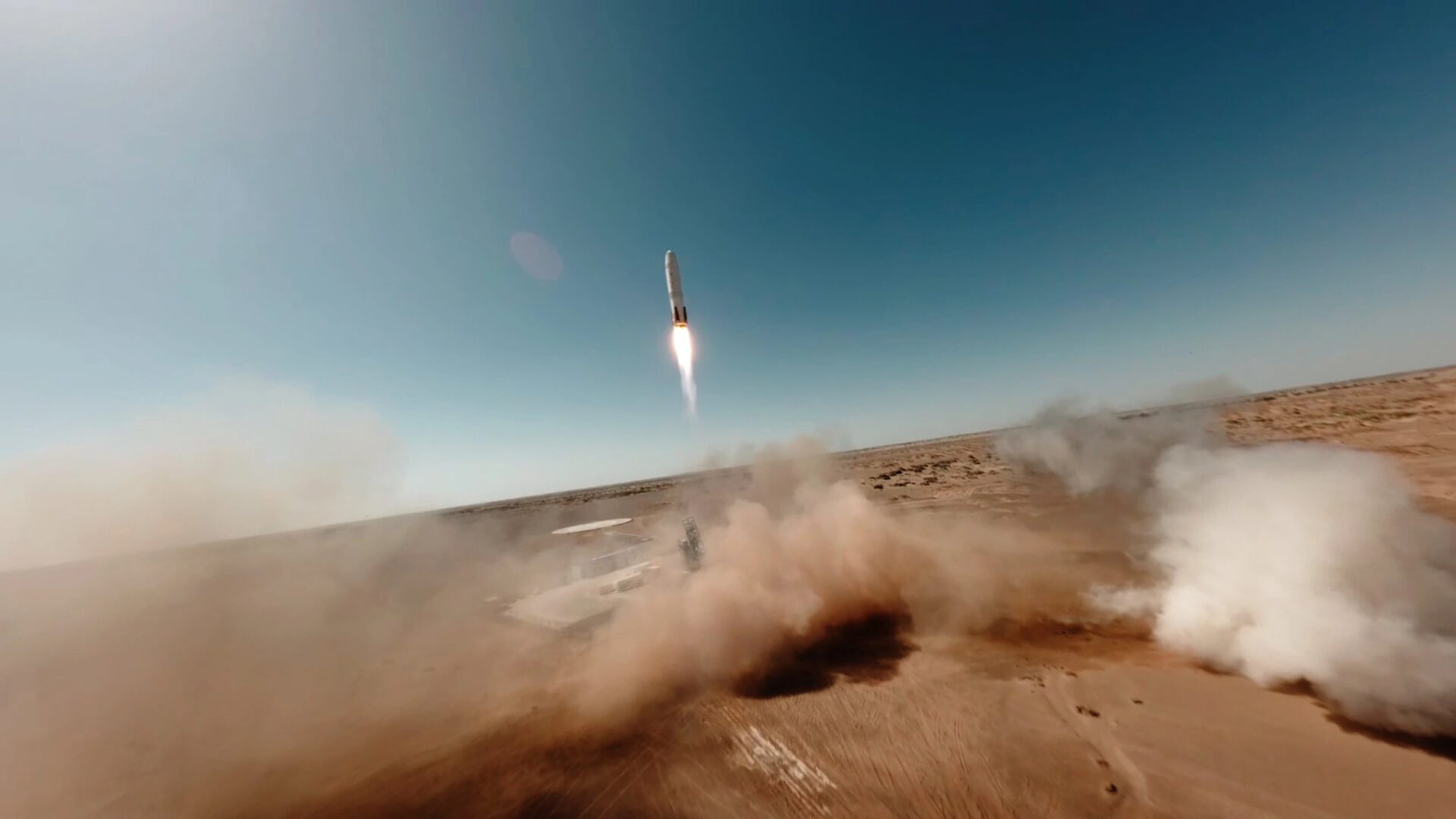Deep Blue Aerospace, a company specializing in liquid-fueled recoverable and reusable launch vehicle technology since its founding in 2016, has secured nearly RMB 500 million (USD 70 million) in a new financing round led by Taian Yuanwang New Energy Industry Investment Fund. Its core business spans R&D, manufacturing, testing, and commercial launch services. By developing reusable rockets designed to deliver payloads into predetermined orbits with efficiency and precision, the company aims to offer high-quality and cost-effective space transportation solutions.
A recent power system test firing—a 200-second run documented by the company—showcased critical system reliability ahead of full-scale launch operations. This progress coincides with SpaceX’s milestone on October 13, 2024, when it conducted the fifth test flight of its Starship, successfully recovering the booster in a soft landing. That achievement, SpaceX’s first complete booster recovery since the vehicle’s inception, underscores the cost-saving potential of reusable launch technologies—a field in which China is making significant strides. Currently, no other Chinese firm has completed a launch mission with a liquid-fueled recoverable rocket.
Deep Blue Aerospace’s Nebula-I is China’s first recoverable liquid-fueled launch vehicle. The rocket boasts a payload capacity of two tons, a total thrust of 180 tons, and the capability for rapid turnaround through quick maintenance and relaunch. It is engineered for both orbital insertion and suborbital recovery, aligning with the growing demand for low-cost, high-reliability, and high-frequency launches.
Building on this foundation, the company is developing Nebula-II.
The Nebula-II’s first stage is powered by 11 custom Thunder-RS engines operating in parallel. This configuration is designed to lift more than 25 tons into low Earth orbit with over 1,000 tons of total thrust, supporting large-scale cluster launch demands, such as those required for satellite constellations like Starlink.
The Thunder-RS engine, which incorporates needle valve injection technology similar to that used by SpaceX, can generate 130 tons of thrust at ground level and approximately 150 tons in vacuum. With a throttle range extending from 30% to 110% and a reuse capability exceeding ten flights, the engine is set to play a pivotal role in reducing launch costs. It is manufactured using a 3D printing-integrated process that minimizes part count and shortens production cycles.
Deep Blue Aerospace has recently initiated full-system tests of the Thunder-RS engine. The Nebula-I has already passed key evaluations, including engine tests and control system verifications, affirming the maturity and reliability of its core technologies. Additionally, a ten-meter-level vertical flight recovery test has further validated the company’s recovery systems.
Since launching its Series B financing in May 2024, Deep Blue Aerospace has completed multiple rounds, bringing its cumulative funding to over RMB 1 billion (USD 140 million) and pushing its current valuation to approximately RMB 5 billion (USD 700 million).
On the industrial front, Deep Blue Aerospace has established an expansive liquid rocket engine test site in Jinan, Shandong—the largest of its kind in China by land area. By clustering the manufacturing of core engine components around the test site and initiating tests immediately after production, the company has significantly shortened its supply chain. Furthermore, it is accelerating an expansion strategy that leverages local industrial advantages to build a vertically integrated ecosystem covering propulsion systems, vehicle manufacturing, launch recovery, and reuse optimization.
Deep Blue Aerospace plans to conduct a new round of high-altitude recovery tests for the Nebula-I, with a launch slated for midyear to validate both orbital insertion and vertical recovery. The maiden flight of the Nebula-II is set for 2026, while future R&D efforts will focus on developing higher-thrust engines and larger rockets—crucial for the expansion of satellite internet and deeper space exploration.
This article was written by Huang Nan and was originally published by 36Kr.

